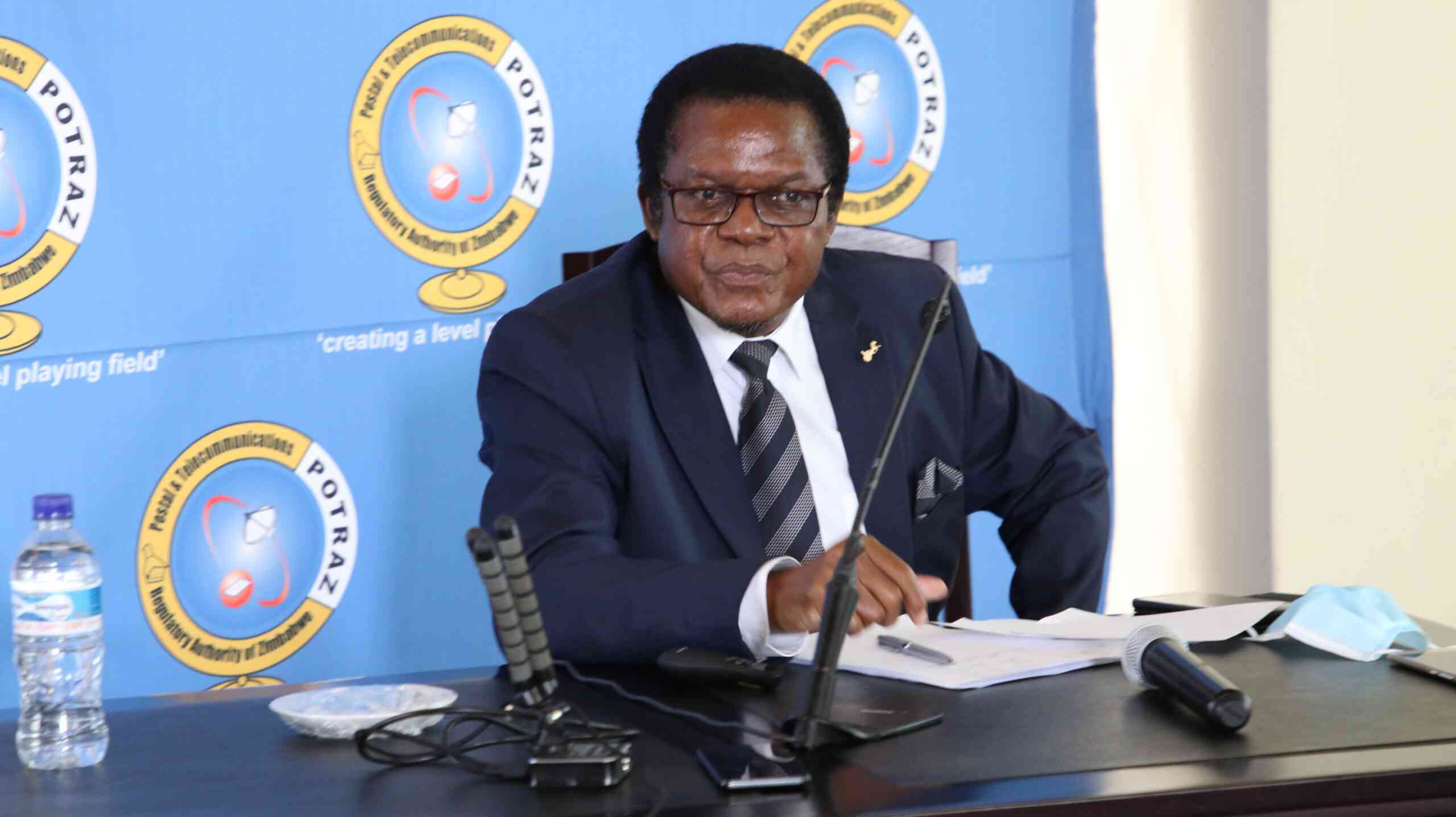Hazardous substances monitoring at ports of entry
THE transit and movement of hazardous substances, hazardous waste (dangerous goods) and oils through and within Zimbabwe, is prohibited unless they are cleared through EMA check points. EMA’s presence at border posts is to ensure compliance with the national legislation and international conventions on all hazardous substances or hazardous waste that are in transit and those destined for use in the country.
What are hazardous substances and hazardous waste?
Hazardous substances are materials whether solid, liquid or gaseous, or any organism which is injurious to human health or the environment.
Hazardous waste is waste which is poisonous, corrosive, noxious, explosive, inflammable, toxic or harmful to the environment.
Roles of EMA at Ports of entry
1. Implementation of the Environmental Management Act (CAP 20:27): The Agency conducts inspections at border posts through qualified personnel who have the capacity to identify, categorize and classify hazardous substances according to chemical and physical characteristics as per legislative requirements. This process facilitates comprehensive and relevant information to be complied at the port of entry. It allows efficient tracking of each hazardous substance consignment inland to its final destination, and safe transit for those that are destined across the border.
2. Control of hazardous waste movement across borders: Zimbabwe is a signatory to the Basel Convention and the Bamako Convention on importation and exportation of hazardous chemicals. Its provisions are that there should be a focal point and competent authority to enforce these conventions. EMA, being the identified focal point ensures that Zimbabwe does not become a dumping ground for such waste. This prevents an unnecessary exposure of lives to lethal hazardous waste substances.
There are strict protocols defined in the multilateral agreements that regulate the movement of hazardous waste to which Zimbabwe is signatory to.
In some cases EMA officials have to escort the transporters of hazardous waste to ensure the hazardous waste safely transits the country without any contamination spillages or criminal dumping on route.
3. Ensure globally harmonized systems for handling, packaging and classification of dangerous goods in transit: EMA personnel are present at the border posts to inspect and verify hazardous substances in different trade and brand names to their correct chemical names. This ensures that banned hazardous substances that come in using various names and trade names are prohibited from entering the country. An example is the banned and controlled substance DDT that was being imported using the name Medicaments that is not considered hazardous and through the expertise of EMA officers, this was detected preventing disasters that can be associated with the substance.
4. Monitoring of hazardous substances and spillage handling: the verification of hazardous substances and hazardous wastes assists the Agency in environmental monitoring and effective clean-up processes in cases of spillages since consignments would have been identified and classified at ports of entry. The information collected at border posts allows easy handling of such cases and enforcement of the law including clean-up operations.
5. Vehicle inspections: at the ports of entry, all vehicles transporting hazardous substances are subject to physical inspections to verify the consignment being transported. The declaration documents, packaging and labelling of consignment and compliance with hazardous substances transportation regulations.
6. Environmental education and awareness at border posts: EMA gives information, raises awareness and educates transporters and drivers during the process of licensing and clearance at border posts. The process is iterative (repetitive) and this allows the Agency to collect information from clients which strengthen the country’s laws and regulations.
7. Implementation of the Montreal Protocol on control of Ozone Depleting substances: Zimbabwe is signatory to and ratified the Montreal Protocol on Ozone Depleting Substances (ODS) and dependant equipment. The most effective way to monitor importation and use of these substances is at ports of entry. Zimbabwe has currently succeeded in banning and controlling ODS dependant equipment such as refrigerators and air conditioning systems ahead of the set timelines in the Protocol (2030) through inspections at the ports of entry.
8. Control of importation of non agricultural biological material to prevent importation of potential and actual invasive alien species: Invasive alien species are controlled under the United Nations Convention on Biodiversity and there is need to control or cause the quarantine of these materials such as plants and animals that have the potential to become invasive. Zimbabwe currently has more than 10 listed invasive alien species such as the Water Hyacinth and Lantana Camara.
What does the legislation say?
The transit and movement of hazardous substances and hazardous waste into and through Zimbabwe is governed by the Environmental Management Act (CAP 20:27) as read with the Statutory Instruments 12 of 2007, 10 of 2007, 77 of 2009, 99 of 2008, 5 of 2011 and other ancillary regulation.
What are the requirements for transporters of hazardous substances?
The environmental legislation for the country forbids the transportation or transit of hazardous substances without a valid transit or transportation permit issued by the Environmental Management Agency. All transporters are supposed to clear their trucks or cargo before entry into the country (pre-clearance) and failure to do so may attract a penalty.
Who needs a permit?
i. Local transporters of hazardous substances within Zimbabwe.
ii. Foreign transit transporters of hazardous substances.
iii. Importers of hazardous substances.
Classification of Hazardous substances
i. Green – low hazard
ii. Amber – medium hazard
iii. Red – high hazard
NB: Transporters of hazardous substances must be confined to 0600hours – 1800hours. Any accidental spillage must be reported to EMA both verbally and in writing within 8 hours and the transporter should ensure that the area is cleaned up to retain its usable state.
Environmental Facts, Tips and Updates are published weekly by the Environmental Management Agency.
Send your feedback to; [email protected]. Like us on Facebook: Environmental Management Agency and twitter:@EMAeep or visit our website www.ema.co.zw. Alternatively, call us on: Tel 04-305543 and Toll-free 08080028; or use our Whatsapp platform 0779565707. We are ready to listen.









Comments